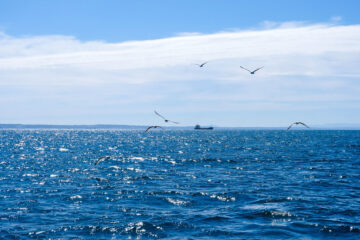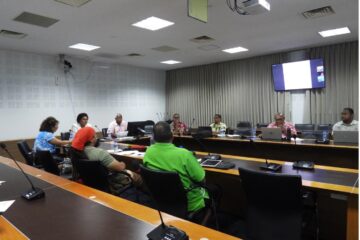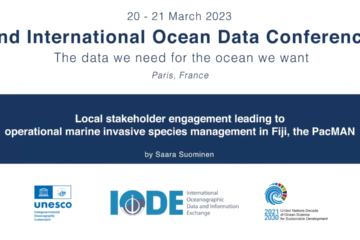The developments of PacMAN were presented at the 22nd International Conference on Aquatic Invasive Species (ICAIS), in Oostende, Belgium on the 19th of April 2022, in the session regarding genetic tools for monitoring. A total of about 400 people were following this conference with approximately 200 at site and 200 on-line in virtual mode divided across four simultaneous sessions at a time. PacMAN was one of the few examples of marine invasive species monitoring being developed with genetic methods, however many groups around the world were testing methods and expressed their interest in adopting genetic tools. It was clear that in terms of routine monitoring, genetic tools were still not fully adopted, showing the pioneering nature of the PacMAN project. Most interest in genetic tools came for the adoption of rapid qPCR assays (especially chips) for major risk species groups indicating that in the future rapid, field-based methods will be very important for monitoring. The basework now being done with the PacMAN project can greatly help the Pacific Islands region in the uptake of these methods in the future.
Shipping was another major subject in the conference and was seen as a threat throughout the world with presentations ranging from the determination of the risk of invasive species spread by shipping in Antarctica to global assessments of environmental conditions at estuaries affecting invasive fish establishment. Multiple talks discussing management presented port rapid surveillance methods, surveying aquaculture and monitoring with PVC plates using the SERC protocol (Smithsonian Environmental Research Centre). This protocol is very similar to that used in the PacMAN project, except for focusing on the lower side of the plates for species determinations. Species distribution modelling was also a topic for a few talks and showed how this can help in understanding the risk areas of possible further spread of specific invasive species. Many talks during the conference also detailed aspects in outreach, stakeholder engagement, and financing, revealing the importance of strong communication with major stakeholders and their involvement in projects dealing with marine invasive species.



0 Comments